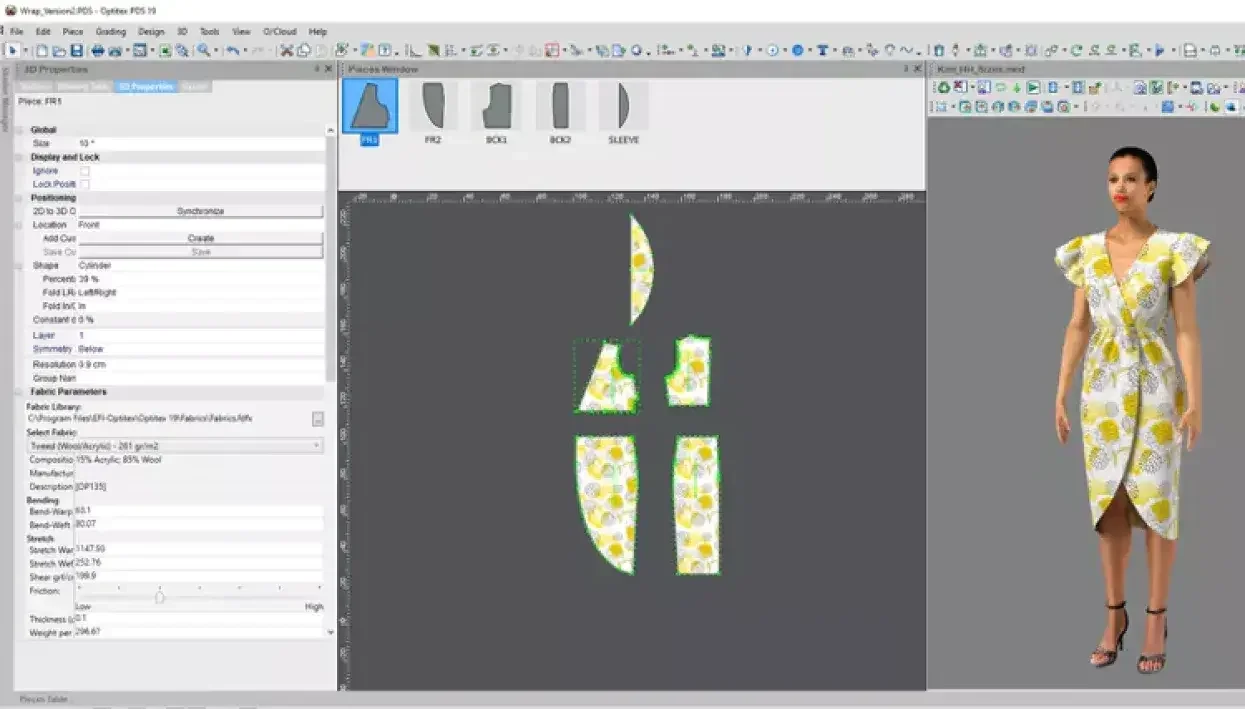3D Printing
Sustainability
Textile Printing
2D design and 3D visualisation in fashion printing
Author
FESPA Staff
Published Date
18/09/2020
Become a FESPA Member
to Continue Reading
